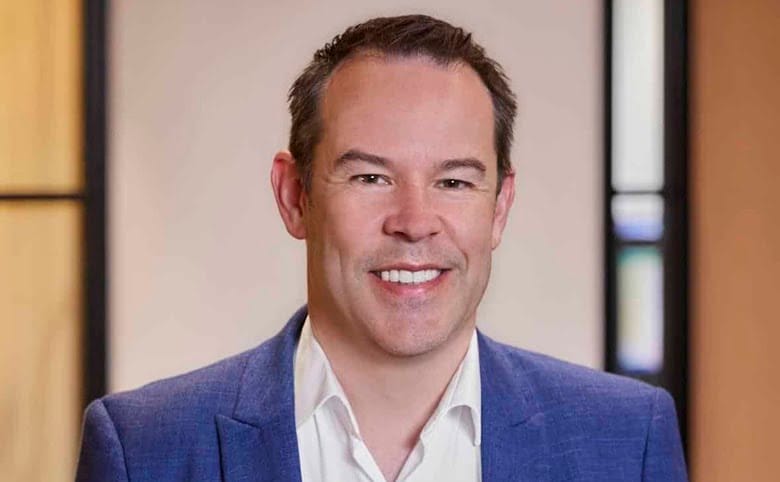
Local Residential co-CEO and founder Dan McLennan
Local Residential, the Australian build-to-rent platform backed by Macquarie Asset Management, has reached a final closing of its inaugural fund with investments in two Melbourne projects with an end value of A$650 million ($427.9 million).
The fully deployed fund, dubbed Local Residential Turnkey Venture I, has invested in a 406-unit project in South Melbourne and a 425-unit development in the city’s eastern Box Hill suburb, Local said in a release. The vehicle received committed capital from a large North American pension fund.
The closing brings Local’s assets under management to more than A$1.1 billion, with over 1,300 apartments including an initial 477-unit project in Melbourne’s Kensington inner suburb.
Co-CEO and founder Dan McLennan said traditional residential developers are looking for alternatives to the faltering pre-sale market.
“Local seeks to partner with developers to unlock their sites via build-to-rent, providing them with a fixed take-out price on completion, while leveraging Local’s design, development and property management expertise at each stage of the process,” McLennan said.
Affordable Housing Play
The South Melbourne property is a 40-level tower with a pool, exercise studios, private dining rooms, co-working facilities and green spaces, while the twin towers of Box Hill will sit atop SKY SQR, a retail precinct developed by Golden Age Group.

Local Residential co-CEO and founder Matt Berg
The Kensington project, due to be completed this year, features a campus-style layout across six buildings with amenities like a heated pool and dog-friendly outdoor spaces. All three projects have set aside about 10 percent of units for affordable “impact housing”.
In addition to its projects in the Victoria state capital, Local enjoys a pipeline of turnkey opportunities in Sydney and Brisbane, it said.
Set up in 2021 by McLennan and co-CEO and founder Matt Berg — both formerly of Melbourne-based developer Grocon — Local has begun due diligence with investors on seed assets for a successor venture.
“In addition, we are exploring opportunities to deliver affordable housing, where we believe there is a significant opportunity to deliver tangible social benefits without government subsidies,” Berg said.
Rent Growth Cooldown
The pace of rent growth in Australia’s unit (non-house) sector eased to 1.3 percent during the September-ended quarter after peaking at 4.3 percent in the three months to last April, according to the latest report from CoreLogic.
Across the capitals, Darwin recorded the strongest quarterly rise in dwelling rents (3.3 percent), followed by Brisbane (2.5 percent), both markets recording an increase in the pace of growth, while Perth (2.5 percent), Melbourne (2.3 percent), Sydney (1.7 percent) and Adelaide (1.7 percent) saw the growth pace ease, the data provider said.
Unit vacancy rates during the quarter averaged 1.1 percent nationwide, down from 1.4 percent a year earlier, with available space at 1.2 percent in Sydney and 0.9 percent in Melbourne.
Leave a Reply